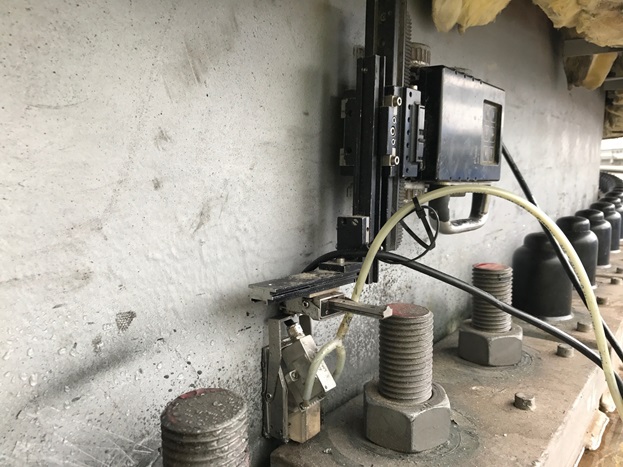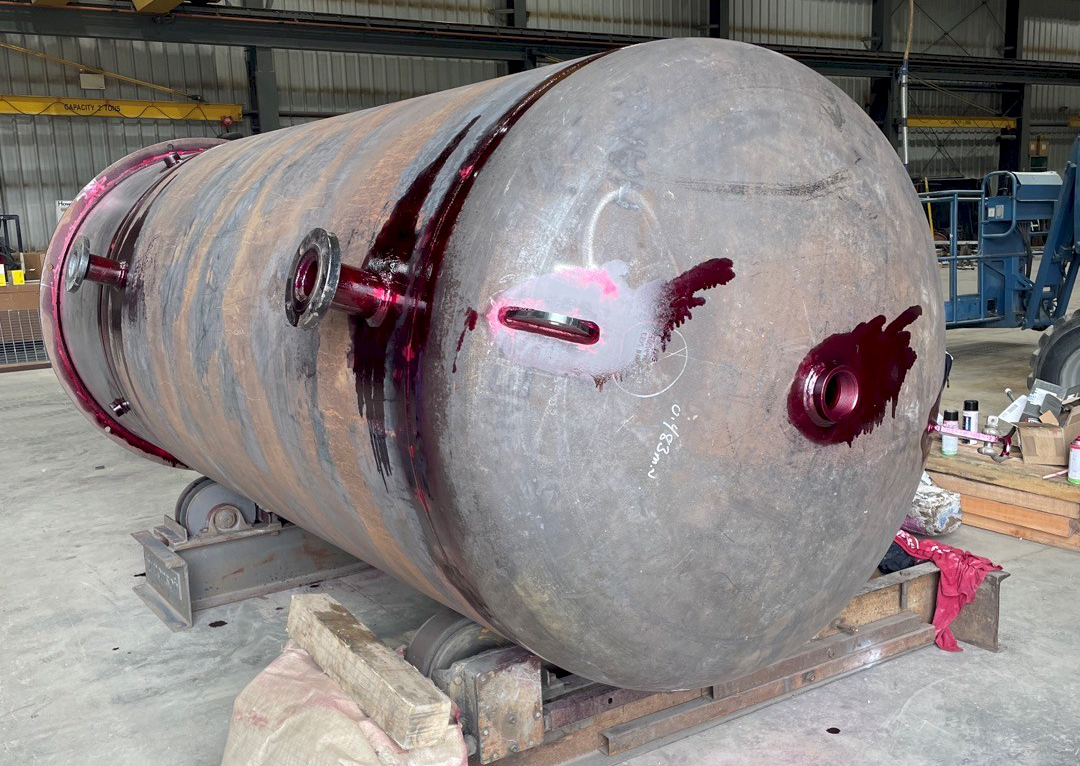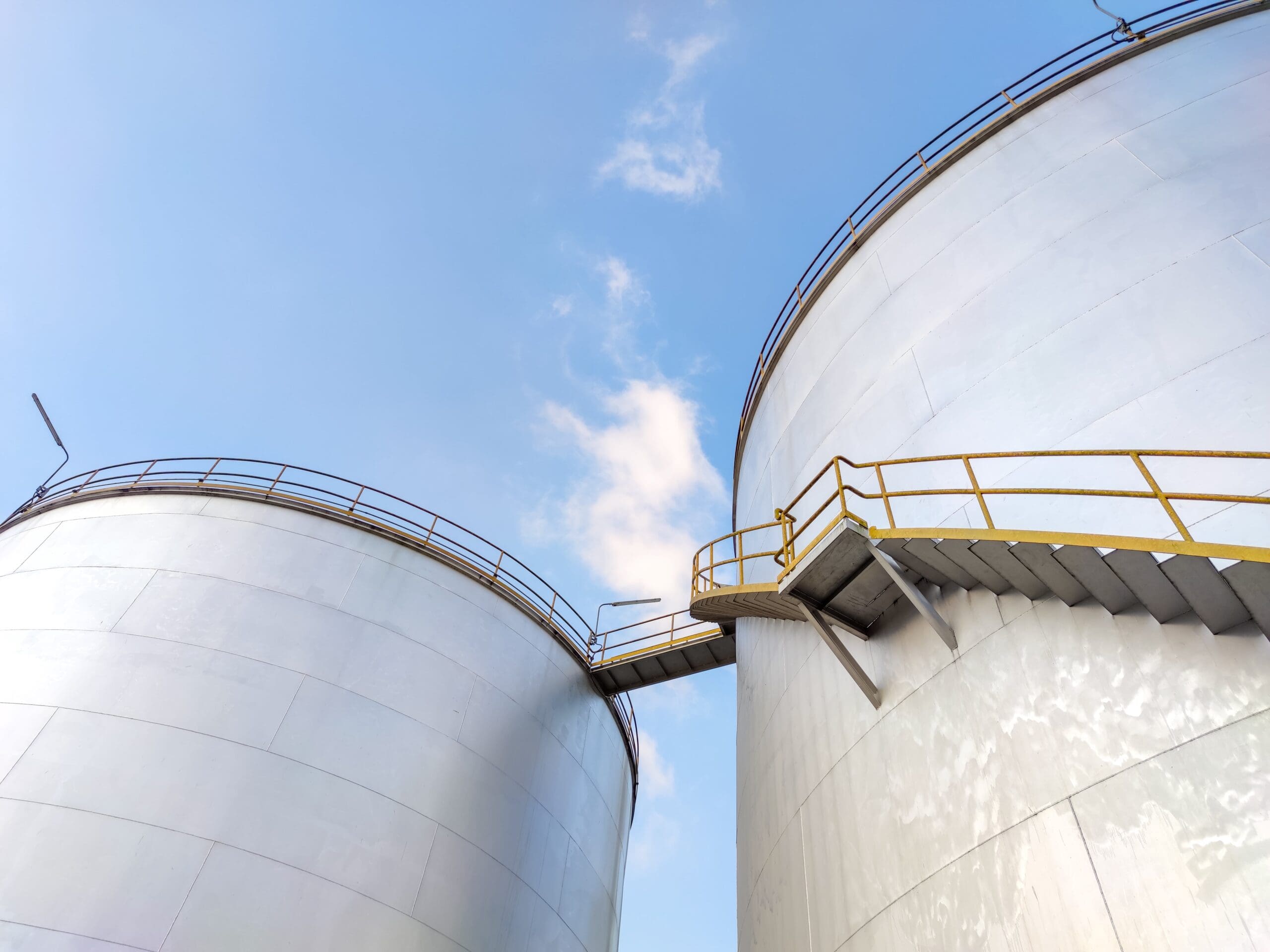How to Ensure Compliance with Tank Welding Inspection Standards
Comprehensive Overview to Effective Tank Welding Assessment Techniques and Ideal Practices for Quality Control
In the world of container welding, strenuous evaluation techniques are critical for protecting architectural stability and guaranteeing conformity with sector policies. This guide offers an organized technique to numerous inspection approaches, including visual evaluations and non-destructive testing, which play a vital duty in spotting imperfections prior to they intensify into serious concerns. In addition, the relevance of precise documentation and the execution of constant enhancement methods can not be overemphasized. As we explore these necessary components, it becomes clear that a proactive evaluation method is not just valuable, yet necessary for operational success in environments managing dangerous products.
Importance of Container Welding Inspection

Tank welding assessment functions as a preventative action, identifying prospective defects such as fractures, porosity, or inappropriate joint penetration before they intensify right into serious problems. Normal assessments not only conform with sector policies and requirements yet also boost the longevity of the storage tanks, lowering the requirement for pricey repairs or replacements.

Aesthetic Assessment Methods
Utilizing organized aesthetic examination strategies is critical for evaluating the high quality and integrity of welded joints in storage tanks. This approach acts as the initial line of protection in identifying possible problems such as fractures, undercuts, and insufficient penetration. The assessor ought to approach the task with an eager eye, making use of ideal devices like amplifying glasses, flashlights, and mirrors to enhance exposure.
During the examination procedure, the examiner must assess the weld profile, ensuring it complies with specified standards and guidelines (Tank Welding Inspection). This consists of checking out the grain size, height, and blend with the base material. Inspectors need to additionally pay very close attention to the surrounding areas for signs of thermal distortion or contamination that may affect the weld's efficiency
Paperwork of findings is essential; examiners should tape-record any abnormalities, classifying them by severity for more examination. This methodical strategy not just help in immediate read here issue recognition but likewise adds to long-lasting high quality guarantee by making certain conformity with market criteria. Normal training and calibration of visual evaluation strategies even more enhance the dependability of assessments, eventually causing safer and extra resilient container structures.
Non-Destructive Examining Methods
Non-destructive testing (NDT) techniques are frequently utilized in tank welding assessments to assess the stability of bonded joints without compromising their architectural honesty. These techniques are crucial for identifying problems such as splits, voids, and additions that can result in catastrophic failures if left unseen.
Common NDT techniques include ultrasonic screening (UT), which utilizes high-frequency sound waves to detect interior problems; radiographic screening (RT), employing X-rays or gamma rays to imagine weld frameworks; and magnetic particle testing (MT), which discloses surface area and near-surface gaps visit this website in ferromagnetic products (Tank Welding Inspection). Fluid penetrant screening (PT) is likewise extensively made use of, efficient in finding surface-breaking issues by applying a fluorescent or color comparison dye
Each NDT technique has its details applications and benefits, making it crucial for examiners to pick the appropriate technique based on the material and the kind of weld being examined. The assimilation of these NDT approaches into the examination procedure improves the total quality control framework, making certain that bonded storage tanks meet safety and security and performance standards. Ultimately, NDT plays an important role in keeping the honesty and long life of storage tank structures in numerous commercial applications.

Documents and Coverage
Making certain comprehensive paperwork and reporting during storage tank welding evaluations is vital for maintaining conformity with industry criteria and assisting in efficient communication among stakeholders. Correct paperwork works as a comprehensive record of evaluation activities, findings, and any type of corrective this page activities taken throughout the welding process. This details is necessary not just for quality control however likewise for audits and regulatory reviews.

A well-structured assessment report should consist of details such as the date of examination, names of assessors, welding treatments utilized, products made use of, and any deviations from developed criteria. In addition, photos and representations can enhance the quality of the report, providing aesthetic context to the findings. It is also vital to record any non-conformities in addition to their resolution, making sure that all stakeholders are informed of possible dangers and the actions taken to reduce them.
In addition, preserving a centralized data source for all inspection records permits very easy access and testimonial, promoting a culture of openness and accountability. By prioritizing careful documents and reporting, companies can not only promote quality control but likewise reinforce their credibility within the market, ultimately resulting in improved safety and security and operational effectiveness.
Continuous Renovation Practices
Continuous improvement methods are crucial for enhancing the high quality and efficiency of tank welding assessments. Carrying out a systematic approach to examine and refine evaluation approaches fosters a culture of quality control within the organization. One reliable strategy includes routine training and upskilling of evaluation personnel to remain abreast of the most recent welding technologies and requirements. This makes certain assessors have the necessary knowledge and skills to recognize issues properly.
Moreover, utilizing data-driven analysis permits companies to track inspection results, recognize patterns, and pinpoint locations for enhancement. Employing devices such as origin cause evaluation can assist in comprehending the underlying issues causing issues, making it possible for targeted treatments. Additionally, soliciting comments from inspection groups and stakeholders develops a joint setting that motivates ingenious solutions.
Incorporating sophisticated technologies, such as automatic examination systems and real-time surveillance, can considerably enhance the precision and speed of evaluations. Normal audits of the assessment procedures likewise add to a culture of liability and constant improvement. Ultimately, these constant improvement methods not only boost the high quality of tank welding examinations but also contribute to total operational quality and customer fulfillment.
Verdict
In final thought, effective tank welding assessment is essential for making certain the architectural integrity and safety of storage systems, particularly those dealing with dangerous materials. Employing a combination of visual assessment methods and non-destructive testing techniques assists in the very early recognition of defects, thereby maintaining conformity with sector requirements.